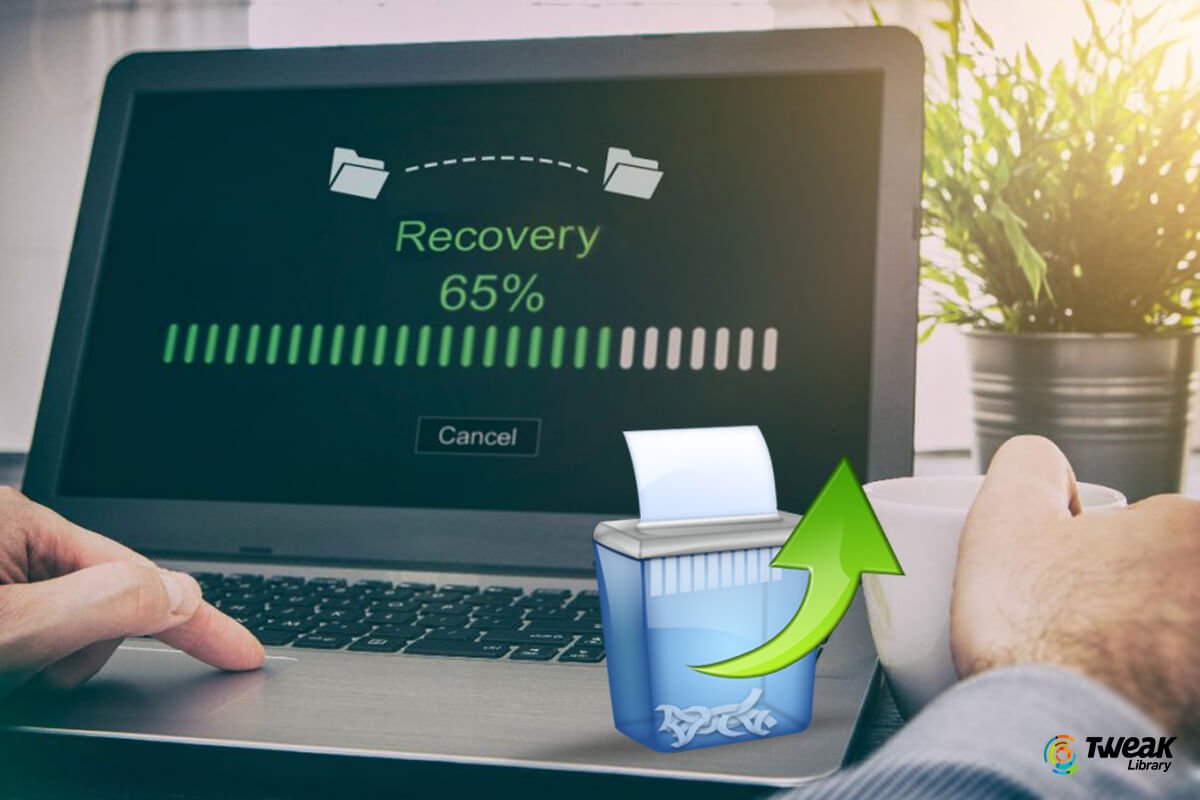For business owners, compliance may bring up thoughts of government audits that drag on for weeks. While compliance does include government regulations, it often encompasses much more. Industry standards, certifications, internal procedures, and workflows may all fall under the compliance umbrella. Depending on the nature of your business and industry, you may have a handful or many standards to follow.
With several regulations and procedures to track, compliance can become demanding to keep up with. And if you don’t have extensive internal resources, ensuring everyone meets every requirement might seem impossible. Luckily, several different tools can help streamline compliance so it doesn’t have to become a clunky process. Let’s look at four of them.
1. Governance, Risk, and Compliance Software
Governance, risk, and compliance solutions combine three separate practices into one. Governance activities can include practicing ethical behaviors and implementing processes that achieve business goals. Risk management covers identifying and responding to threats, while compliance deals with regulations. A GRC tool syncs a company’s governance, risk management, and compliance activities to improve visibility and transparency.
Publicly traded companies, for example, must follow Sarbanes-Oxley regulations and guidelines. GRC solutions go beyond ensuring a business is checking all the boxes with its financial statements and filings. Instead, GRC applications also identify internal practices related to Sarbanes-Oxley that may expose the company to risk.
Perhaps financial executives are certifying the balance sheets and other statements. However, there isn’t enough oversight of lower-level employees who actually crunch the numbers. Quality and audit procedures aren’t sufficient, and there’s confusion about Sarbanes-Oxley guidelines among accounting staff. GRC tools pinpoint where these issues exist, increasing visibility into what needs fixing to improve compliance and business results.
2. IT Auditing Applications
Cybersecurity threats are something every connected organization has to deal with. However, research and test projects reveal some alarming discoveries. Only half of U.S. businesses have established cybersecurity plans, but external hackers can breach 93% of existing company networks. Once cybercriminals break through, they can access local and internal resources such as intellectual property and customer data.
The purpose of IT auditing software is to expose network vulnerabilities before hackers use them to their advantage. Auditing applications simulate attacks and network intrusions to see where weak points exist. Sometimes those issues relate to problems with code or something simpler like outdated software.
While IT auditing solutions do a good job of identifying existing network risks, these tools also monitor for real-time threats. For example, a change to your company’s network setup or a connected device could signal a breach. You’ll see who made what changes and when so you can act on suspicious activities quickly. Some tools even prevent unauthorized changes that go against established protocols or parameters.
3. Content and Brand Compliance Solutions
Most companies have to market and advertise to bring customers through the door. That means creating content to communicate with and inspire audiences. Whether content is digital, print, or broadcast media, it has to meet internal brand and creative standards. Advertising and PR messages might also have to comply with specific regulations and industry criteria.
Content and brand compliance solutions give creative teams a centralized place to move assets through the approval process. Brand and messaging standards may mostly consist of internal requirements, but approvals can become messy with emails and spreadsheets. When there are too many comments and suggestions to align, something is bound to get lost. Plus, it can be frustrating for creatives to incorporate feedback without meaningful discussion.
Content and brand compliance applications track decisions about creative assets, including feedback from managers and legal departments. Graphic designers and content creators will know the why behind specific change requests. The company also has centralized records of consulting with legal resources to ensure advertising complies with laws and industry standards. No more searching through emails or separate messages for documentation.
4. Compliance Training Tools
To effectively implement compliance procedures and standards, a business has to train its employees. Because many of these processes are complex, organizations may struggle with internal training and education. Some procedures might only apply to specific roles, but all staff members need to be aware they exist. Other regulations and industry standards can frequently change, requiring courses that update employees on their responsibilities.
As a result of the pandemic, 62% of compliance leaders identified the need to monitor compliance culture more closely. While leadership sets the tone for acceptable behaviors, a lack of proper training and awareness can contribute to poor decisions. Compliance training tools give leaders the resources they need to ensure education and awareness happen throughout the organization.
Training applications can include self-directed courses about industry-specific regulations. While healthcare organizations may implement education about HIPAA compliance, for example, call centers might have agents complete ISO 9001 training. Compliance training solutions help managers track which employees finish mandatory and elective courses. Many apps also contain knowledge assessments so leaders and staff can determine additional training needs.
Streamlining Compliance
Meeting internal and external standards is full of complexity. However, many tools can save business leaders from headaches by simplifying internal processes. Some of those solutions include GRC, IT auditing, content and brand compliance, and training applications. Introducing these tools into your organization can help make compliance with regulations and industry standards more manageable.








